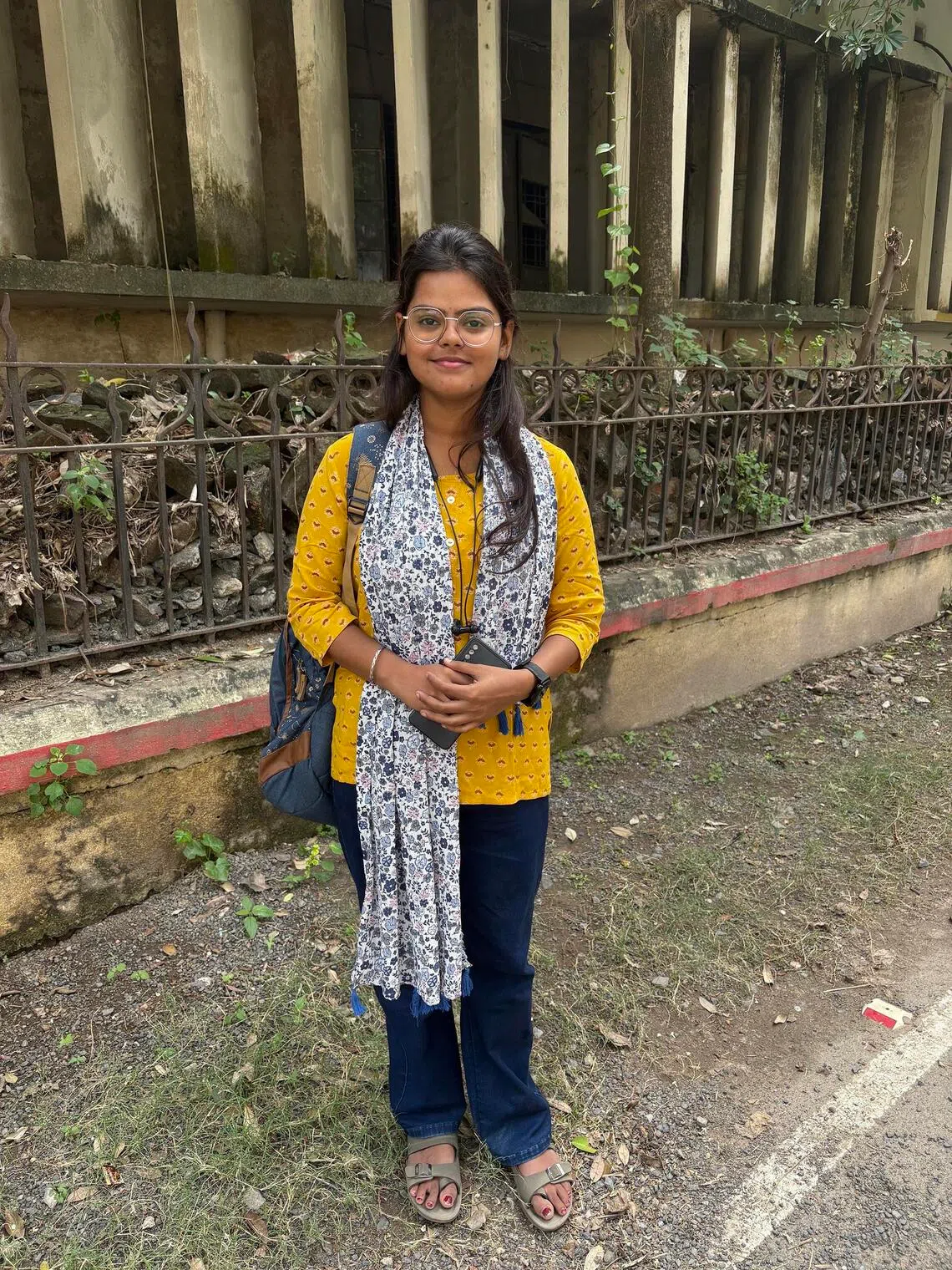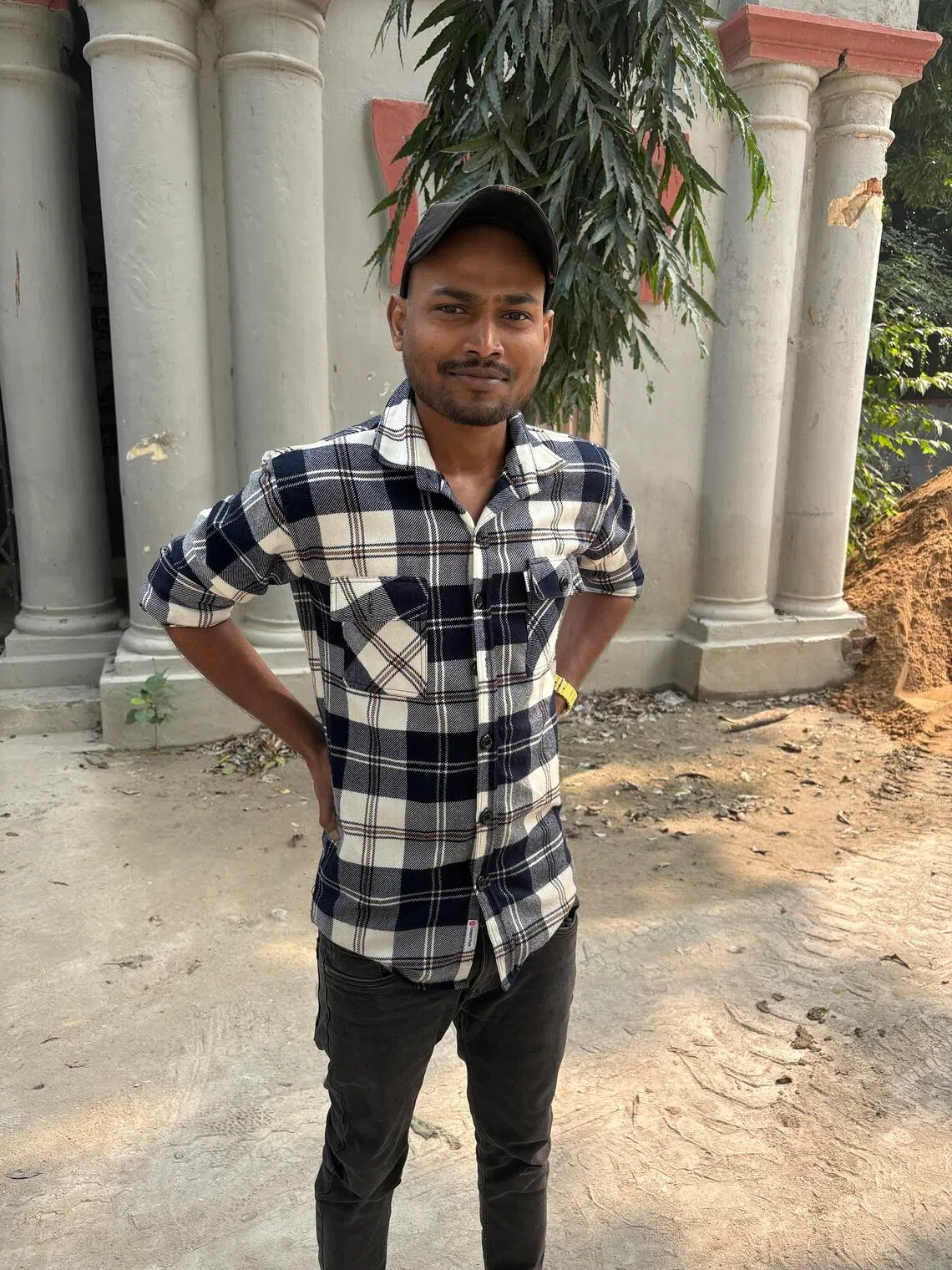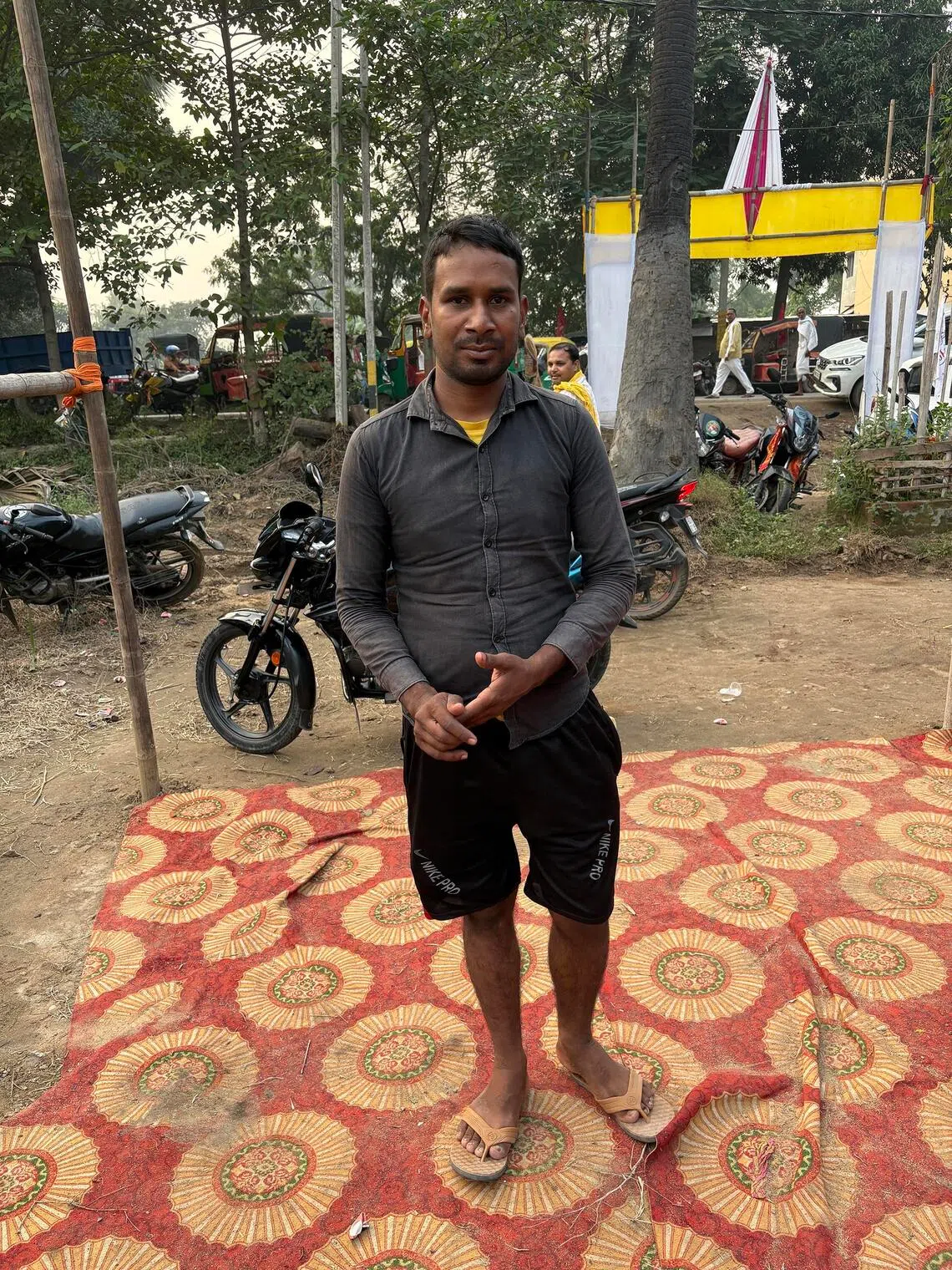In India’s Bihar, parties woo restless Gen Z voters but jobs promises raise doubts
Sign up now: Get insights on Asia's fast-moving developments
Follow topic:
- Bihar's election focuses on Gen Z (25 per cent of voters) and their demand for employment, with parties promising jobs and skill centres to gain their support.
- Key parties offer competing job creation schemes, but there is a lack detail, potentially causing youth vote fragmentation.
- Caste loyalties remain a strong influence, but some youth are drawn to new parties like Jan Suraaj, which rejects caste politics and emphasises future prospects.
AI generated
PATNA (India) – In Bihar, a state with one of India’s youngest populations, 22-year-old Aishwarya Bhaskar was excited about casting her first vote in a state election where every major political party is dangling the prospect of a multitude of jobs and skills centres to woo Gen Z voters like her.
But her enthusiasm was tempered by scepticism over whether election promises would actually be fulfilled.
“For me in this election, the main issue is employment. I voted for who I think has the best chance of delivering,” said Ms Bhaskar, who aspires to be a civil servant and is a Bachelor of Science student at the Patna Science College.
“It (creation of jobs) remains a hope.”
Ms Bhaskar is among a large section of Gen Z voters, who make up around 25 per cent of the 74.2 million electorate.
Voters in the state, among India’s most populous, began casting their votes on Nov 6 in a fiercely fought electoral battle where Prime Minister Narendra Modi’s National Democratic Alliance (NDA) is seeking to retain power.
Voting is being held in two phases: 121 out of 243 constituencies vote on Nov 6 to elect members of the state Legislative Assembly.
The state had a high voter turnout of more than 60 per cent in the first phase of the election.
The remaining constituencies will vote on Nov 11, with results out on Nov 14.
For Mr Modi, a victory here would reaffirm his Bharatiya Janata Party’s (BJP) political dominance in the Hindi heartland, adding to a string of victories in recent state elections in Maharashtra, Delhi and Haryana.
In Bihar, the BJP is in an alliance with the Janata Dal (United) (JDU), whose leader Nitish Kumar is the current chief minister.
Mr Kumar also helps prop up the federal government after Mr Modi lost his majority in the 2024 General Election.
An NDA loss would energise the national opposition, including the Congress, which is part of the Mahagathbandhan, or Grand Alliance, ahead of elections in West Bengal and Tamil Nadu states in 2026.
“For the opposition, this is a critical election in terms of whether they are able to challenge the NDA effectively. If they lose, it will be one more question mark on Rahul Gandhi’s leadership,” said Dr Sandeep Shastri, vice-president of Nitte University.
“Bihar results will define the contours of the NDA alliance in the coming years,” he said.

Ms Aishwarya Bhaskar, 22, from Patna, says the main issue for her in the state election is employment. Parties have been making eye-popping pledges to boost jobs.
ST PHOTO: NIRMALA GANAPATHY
The demand for jobs
Employment has dominated a large portion of the electoral narrative as parties appealed to not just young voters but also their parents.
Around 58 per cent of the population of Bihar is under the age of 25.
While government data shows unemployment among people aged 15 to 29 falling steeply from 30.9 per cent in 2018-2019 to 9.9 per cent in 2023-2024, employment fears run deep in Bihar, a key source of migrant workers for other parts of India or overseas.
Tapping into these anxieties, political parties have made eye-watering promises to youth.
“I urge all the youth voting for the first time to give us strength,” said Mr Modi, appealing directly to Gen Z voters at a rally on Nov 6.
Mr Kumar, 74, has promised the creation of 10 million jobs in five years, topped up with additional government jobs and skill centres in every district.
Opposition leader Tejashwi Yadav, 35, of the Rashtriya Janata Dal (RJD) and face of the Grand Alliance, has promised a government job for every household.
There are around 30 million households in Bihar.
New challenger Prashant Kishor, a former BJP political strategist, has entered the fight with the Jan Suraaj Party and has promised to create enough jobs to stop migration out of the state within a year.
Mr Kishor has also promised to lift Bihar’s liquor ban imposed in 2016 by Mr Kumar and use excise proceeds to overhaul education.
Lack of jobs and poor governance are among the issues that triggered recent Gen Z-led demonstrations in neighbouring Nepal, resulting in regime change, and the anti-corruption protests in Indonesia.
Young people were also key to toppling the government of Bangladesh Prime Minister Sheikh Hasina in 2024.
For leaders including Mr Modi, the Bihar election will also be a gauge of the political mood among the youth.
The election results could reflect whether his mix of welfarism, development and caste continues to hold sway among a new generation of India’s youth or whether the opposition can tap into the disenchantment over job scarcity.
While the talk among the young people The Straits Times spoke to in Bihar is about employment, it remains unclear if this restive generation will break from the past and vote on issues like jobs, or whether they will follow older generations in voting along caste, religious or community lines, which is common in India.
Caste is key for some
Mr Mukesh Kumar, 27, said: “For me, caste is very important.”
The aspiring policeman said he feels safest supporting the Lok Janshakti Party, which represents his caste and is part of the NDA.
“I feel that a member of the caste will work for me and will take care of my community. I feel safe. Other issues don’t matter,” he said.

For Mr Mukesh Kumar, 27, caste is very important in the Bihar state election.
ST PHOTO: NIRMALA GANAPATHY
Such sentiments are common in Bihar or even in other parts of the country. Caste is a powerful identity dominating everything from marriage to politics.
Political parties field candidates from dominant castes or caste groups they are seeking to woo to stitch together disparate groups.
The RJD’s traditional support base is made up of Muslims and Yadavs, a pastoral caste that is now involved in agriculture, business and politics.
The BJP draws its strength from upper castes, like Brahmins, and JDU draws support from economically disadvantaged communities.
Yet, the Jan Suraaj Party has rejected caste-based identity politics.
“You have voted on caste, you have voted on religion, you have voted for 5kg of grain, and just this once, vote for your children and their future,” Mr Kishor said in a rally on Nov 5 in southern Bihar.
The party has decried identity or caste-based politics and has fielded candidates who are doctors, engineers, politicians and educators.
While it remains to be seen if the youth will vote in large numbers for the party, Mr Kishor’s message is resonating with some sections of young voters.
“All the other parties have ruled Bihar for so long; this time, we should give a new party a chance. They are focusing on jobs and education,” said Mr Pradeep Kumar, 27, also an aspiring policeman.
While the youth have kept all political parties guessing, women provide certainty, at least for the ruling alliance.
The JDU’s Mr Kumar’s two-decade political success rests to a large extent on women, who have supported his schemes like free bicycles for schoolgirls, which brought down the dropout rate among girls. He has provided cash for education and, in 2016, banned liquor sales with one key aim: to reduce domestic violence.
In the 2020 state election, women outnumbered the men and were seen as a key factor in Mr Kumar’s return to power. His alliance won 125 seats while the opposition alliance won 110. This time, the NDA has offered a financial grant of 10,000 rupees (S$147) to help women start small businesses. The opposition alliance has countered this by promising to give 30,000 rupees to women.
Will the youth vote be fragmented?
Still, political parties are finding it difficult to consolidate the youth vote.
Political analyst Amitabh Tiwari reckons this is because while political parties have made tall promises on employment, they have not really explained how they plan to go about it.
“Of course, aspirations are there for Gen Z; they also perhaps do not relate with the entire political system. Most of the political leaders are two or three times their age,” said Mr Tiwari.
“Nobody has a solution (when it comes to jobs). There is no road map or blueprint on how they plan to create jobs.
“When nobody has a solution, then caste identities and other preferences come in because nobody is better or worse (in the eyes of the electorate).
“That’s why you see the youth vote fragmenting.”
In a field full of many young people, a helicopter lands in the middle of the crowd. Those closest are covered in a layer of dust, but that does not diminish the enthusiasm to catch a glimpse of the opposition RJD’s Mr Yadav on Nov 3.
Among the crowd is Mr Deepak Kumar, 26, who migrated a decade ago from Bihar to Delhi, more than 1,000km away, in search of employment.
His dream is to get a job closer to home so he can be with his wife and two-year-old daughter, who live in the village of Lalabhatsara in Bihar.

Mr Deepak Kumar, 26, says his dream is to get a job closer to home in Bihar so he can be with his wife and child. He moved to Delhi to find work.
ST PHOTO: NIRMALA GANAPATHY
“I don’t want to be a migrant. I would like to live and work in my own village,” he said.
“I have tried so hard, but the only jobs I’m getting in Bihar pay only 5,000 rupees (S$74) to 6,000 rupees a month. That is not enough to raise a family. I have no choice.
“Who knows? Maybe there will be change this time.”


